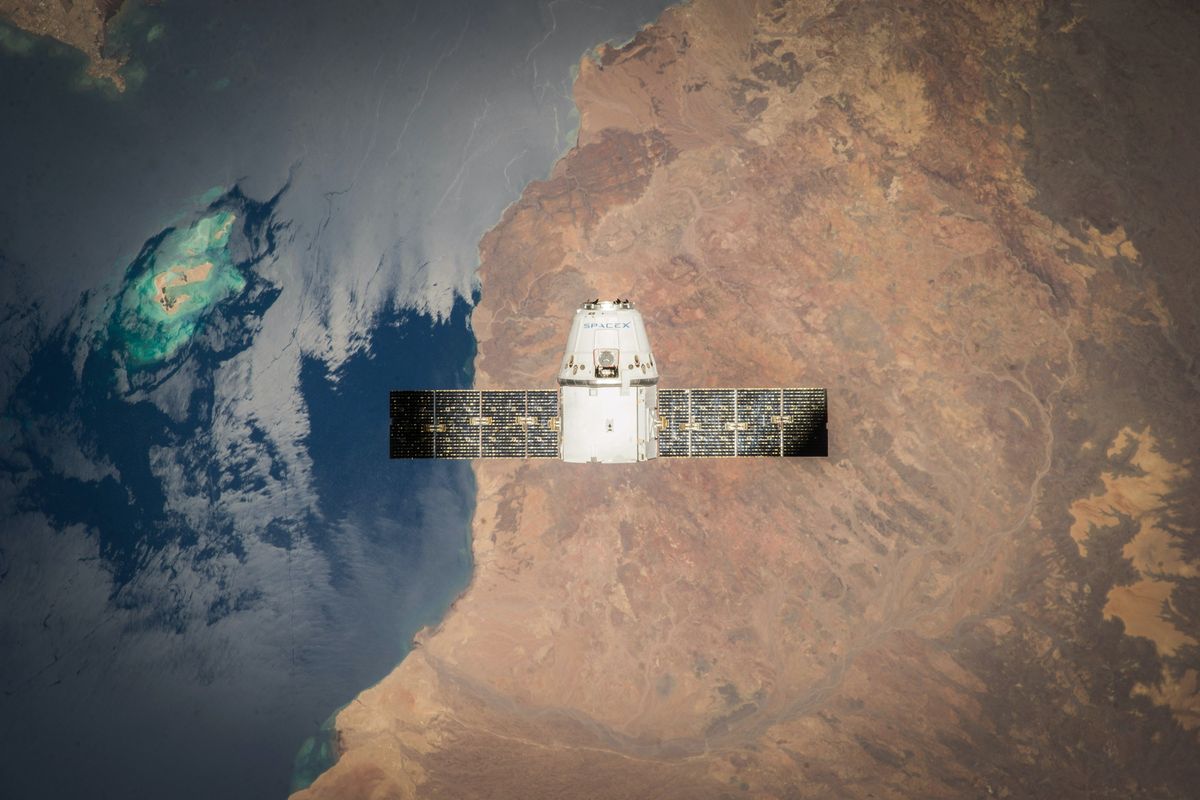The mysterious “gravity hole” in the Indian Ocean, explained
Earth is a weird planet, for sure. It’s actually not perfectly round but instead a rough “geoid” shape.

A few minutes every morning is all you need.
Stay up to date on the world's Headlines and Human Stories. It's fun, it's factual, it's fluff-free.
Earth is a weird planet, for sure. It’s actually not perfectly round but instead a rough “geoid” shape. This means that there are areas on the planet that experience the force of gravity in different ways, with so-called “gravity holes” having weaker gravitational force compared to the rest of the planet.
“The Earth is basically a lumpy potato,” explains Attreyee Ghosh, a geophysicist and associate professor at the Centre for Earth Sciences of the Indian Institute of Science. “So technically it’s not a sphere, but what we call an ellipsoid, because as the planet rotates the middle part bulges outward. ... If you pour water on the surface of the Earth, the level that the water takes is called a geoid — and that is controlled by these density differences in the material inside the planet, because they attract the surface in very different ways depending on how much mass there is underneath.”
These gravity holes, which are lows in the geoid, show up all over the world. But there’s one in the Indian Ocean that has an even weaker gravitational pull than the other ones. It’s called the “Indian Ocean geoid low” (IOGL), and it’s stumped scientists for ages. Here, Earth’s gravitational pull is weaker, its mass is lower than normal and the sea level drops by over 100 meters (328 feet).
What’s up with this weird, giant gravity hole?
Well, the IOGL is the lowest point in Earth’s geoid, and it has the weakest gravity. It’s formed a circular dip that covers about 3 million square kilometers (1.2 million square miles). After it was discovered back in 1948 by Dutch geophysicist Felix Andries Vening Meinesz, scientists have been trying to figure out how to explain it based on Earth’s geography.
Now, scientists from the Indian Institute of Science may have an explanation for it. Using computer simulations, geophysicists were able to figure out how the gravity hole was formed. They saw the IOGL take shape in six of 19 simulations.
In a study published in Geophysical Research Letters, they say that the IOGL was formed when jets of low-density magma rose up from Earth’s mantle to just below its crust. These jets were produced after a tectonic plate sunk when the Indian and Eurasian plates slammed into each other 50 million years ago (also creating the Himalayas). The researchers believe that the Indian plate passed over another plate (the Tethys), pushing it under itself. Pieces of the Tethys plate then sunk into the lower mantle. About 20 million years ago, pieces of the Tethys displaced some magma, forming those jets or plumes.
"These plumes, along with the mantle structure in the vicinity of the geoid low, are responsible for the formation of this negative geoid anomaly," the researchers wrote.




Comments ()